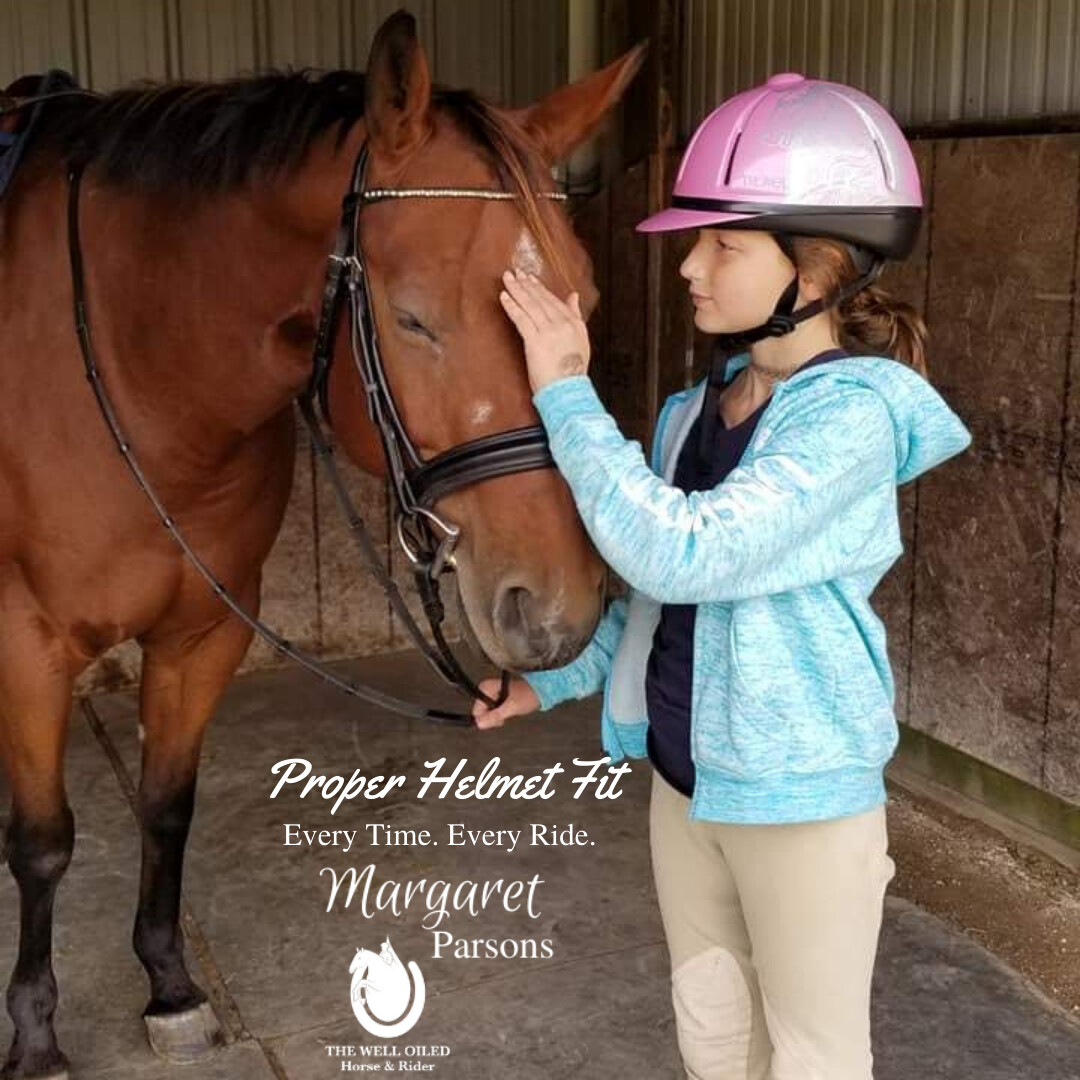
I get the feeling that this is not a popular opinion: Helmets should be worn, every time, every ride, and on every horse.
If you are new to helmets or new to horses (or both!), this is for you 😉
When measuring your head, use a flexible measuring tape. Wrap it around your forehead about one inch above your eyebrows. Make sure the tape stays flat and even around your head as best you can. Your measurement in YOu will want to get the measurement in centimeters (that's the hat size 😉). Check out the individual manufacturer’s websites for a size chart.
Some helmet styles will have a built in fitting system- something that will dial in the size to ensure that your helmet is snug. I suggest expanding this system to its largest setting and making sure that the chin strap is let out as well. Once you have the helmet on your head, tighten both the chin strap and the fitting system. If the helmet you're trying has extra padding instead of a fitting system, start without the extra pads and add as needed.
The brim of the helmet should be about an inch above your eyebrows and you should feel even pressure around your head. The chin strap should not be loose at all. It should be comfortable, but not drooping down either. Your helmet should be snug enough to remain on your head through the shake test (see the video above). If you find that you are getting a headache, your helmet is too small- adjust the fitting system/ pads, try a size up, or even a different model.
Want more tips from me and other experienced horse people? Check out the free group Happy Horse, Happy Life.



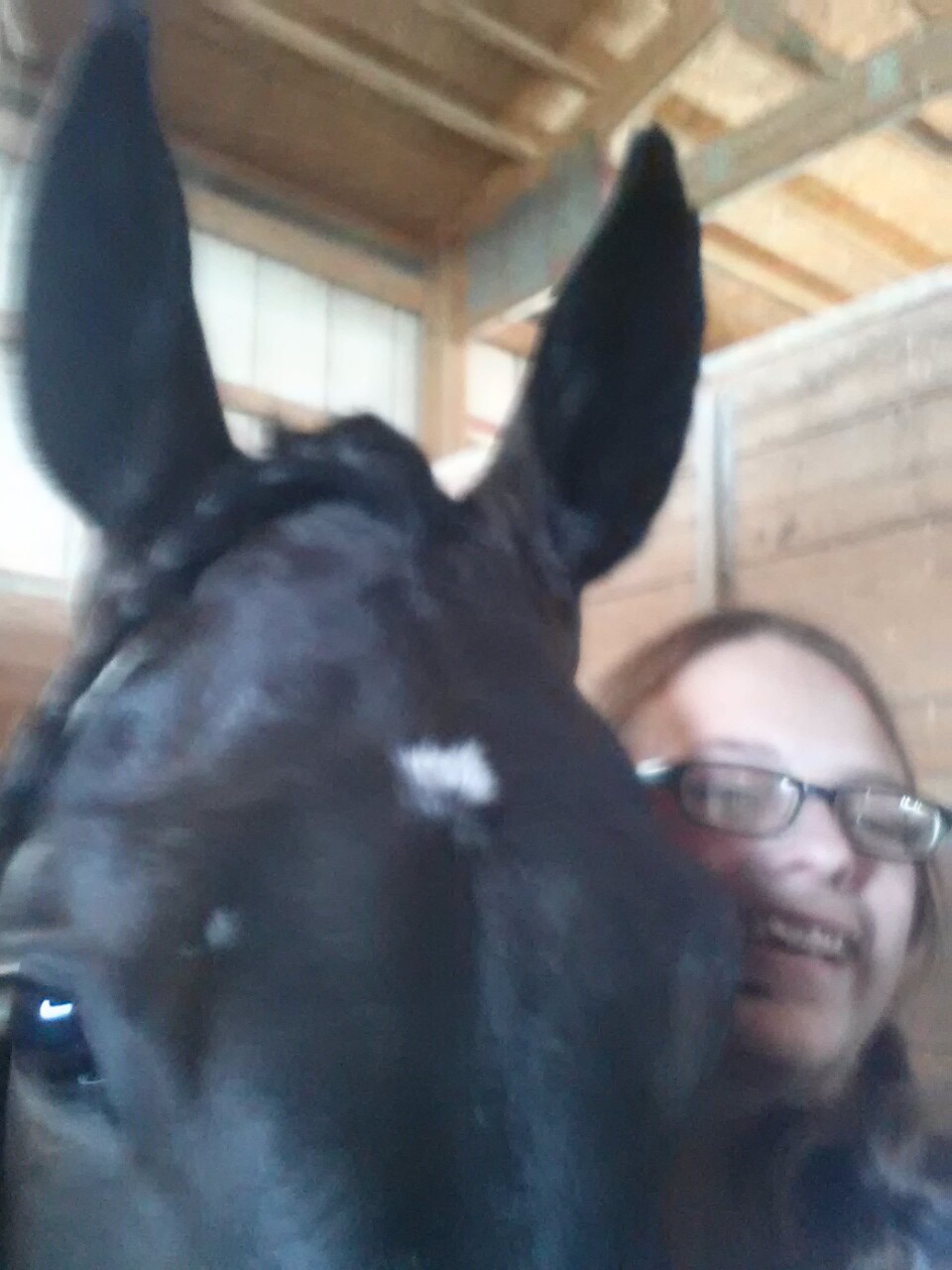
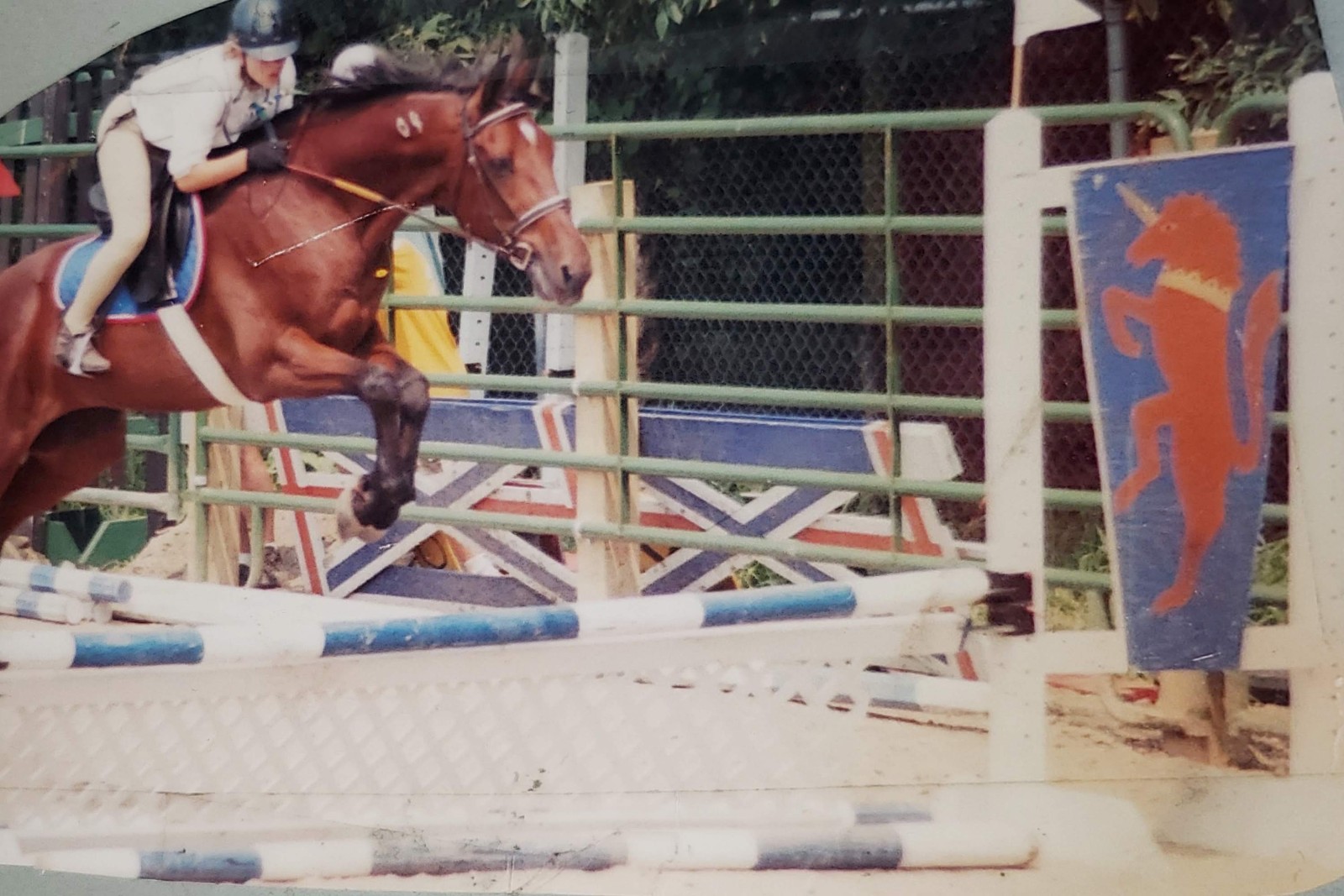
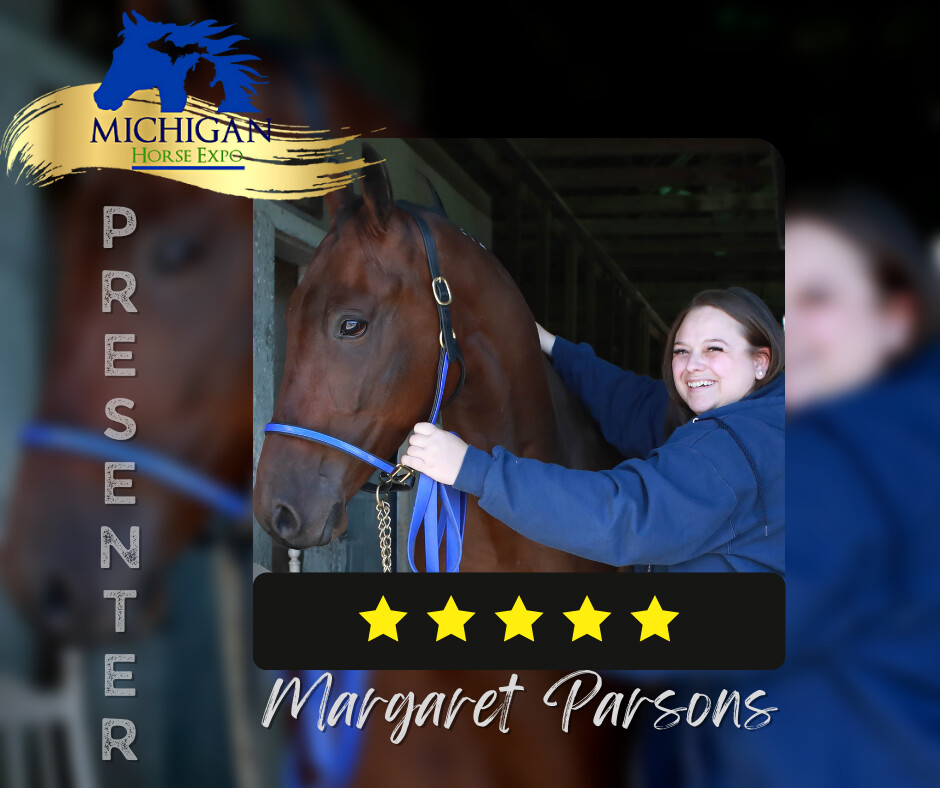
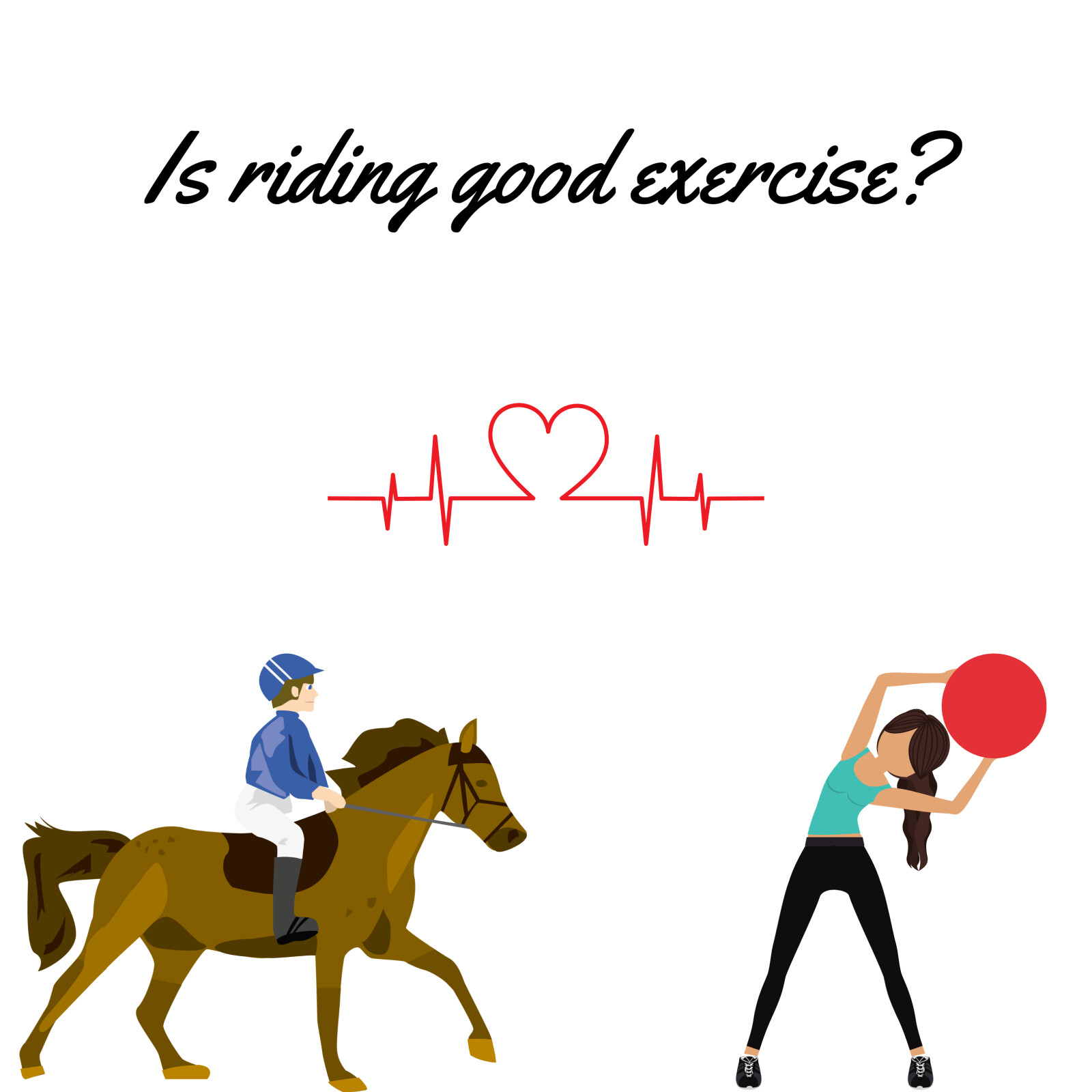

0 Comments